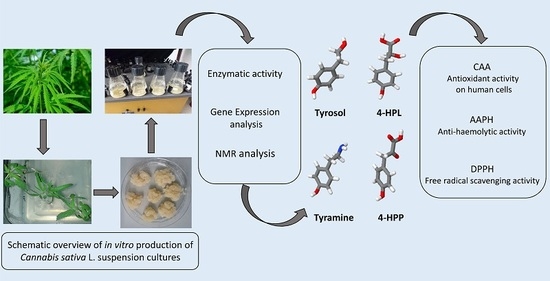 “Excessive binge alcohol drinking may adversely affect cardiovascular function. In this study we characterize the detailed hemodynamic effects of an acute alcohol binge in mice using multiple approaches and investigate the role of the endocannabinoid-cannabinoid 1 receptor (CB1-R) signaling in these effects. Acute alcohol binge was associated with elevated levels of cardiac endocannabinoid anandamide and profound cardiovascular dysfunction lasting for several hours and redistribution of circulation. These changes were attenuated by CB1-R antagonist or in CB1-R knockout mice. Our results suggest that a single alcohol binge has profound effects on the cardiovascular system, which involve endocannabinoid-CB1-R signaling.”
“Excessive binge alcohol drinking may adversely affect cardiovascular function. In this study we characterize the detailed hemodynamic effects of an acute alcohol binge in mice using multiple approaches and investigate the role of the endocannabinoid-cannabinoid 1 receptor (CB1-R) signaling in these effects. Acute alcohol binge was associated with elevated levels of cardiac endocannabinoid anandamide and profound cardiovascular dysfunction lasting for several hours and redistribution of circulation. These changes were attenuated by CB1-R antagonist or in CB1-R knockout mice. Our results suggest that a single alcohol binge has profound effects on the cardiovascular system, which involve endocannabinoid-CB1-R signaling.”
https://www.ncbi.nlm.nih.gov/pubmed/31768478
“Alcohol is one of the most frequently used intoxicants in the United States. Binge alcohol drinking is a major contributor of emergency department visits. Binge alcohol drinking may adversely affect cardiovascular function. Here we show that acute alcohol intoxication is associated with elevated levels of cardiac endocannabinoid anandamide and profound cardiovascular dysfunction and blood redistribution lasting for several hours. The adverse cardiovascular effects of acute alcohol intoxication are attenuated by CB1-R antagonist or in CB1-R knockout mice. A single alcohol binge has profound effect on the cardiovascular system, which involves endocannabinoid-CB1-R signaling.”
https://www.sciencedirect.com/science/article/pii/S2452302X19301755?via%3Dihub


 “The functions of the glycine receptor (GlyR) and γ-aminobutyric acid type A receptor (GABAAR) are both impaired in hyperekplexia, a neurological disorder that is usually caused by GlyR mutations.
“The functions of the glycine receptor (GlyR) and γ-aminobutyric acid type A receptor (GABAAR) are both impaired in hyperekplexia, a neurological disorder that is usually caused by GlyR mutations. “It is unclear whether
“It is unclear whether 
 “Delayed neurologic sequelae (DNS) are among the most serious complications of carbon monoxide (CO) poisoning caused partly by elevated neuroinflammation.
“Delayed neurologic sequelae (DNS) are among the most serious complications of carbon monoxide (CO) poisoning caused partly by elevated neuroinflammation. “The protective effect of
“The protective effect of  “Cannabis sativa L. is one of the most-studied species for its phytochemistry due to the abundance of secondary metabolites, including
“Cannabis sativa L. is one of the most-studied species for its phytochemistry due to the abundance of secondary metabolites, including 
 “The hemp plant (
“The hemp plant ( “Endocannabinoids are produced within the gastrointestinal (GI) tract and modulate energy homeostasis and food intake, at least in part, via vagally-dependent actions. The recent paper by Christie et al., [Christie, et al. J Physiol, 2019] demonstrate, for the first time, that
“Endocannabinoids are produced within the gastrointestinal (GI) tract and modulate energy homeostasis and food intake, at least in part, via vagally-dependent actions. The recent paper by Christie et al., [Christie, et al. J Physiol, 2019] demonstrate, for the first time, that